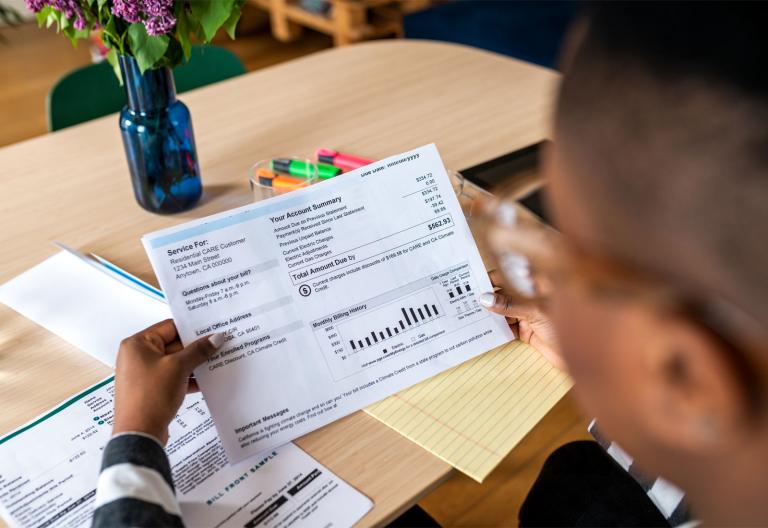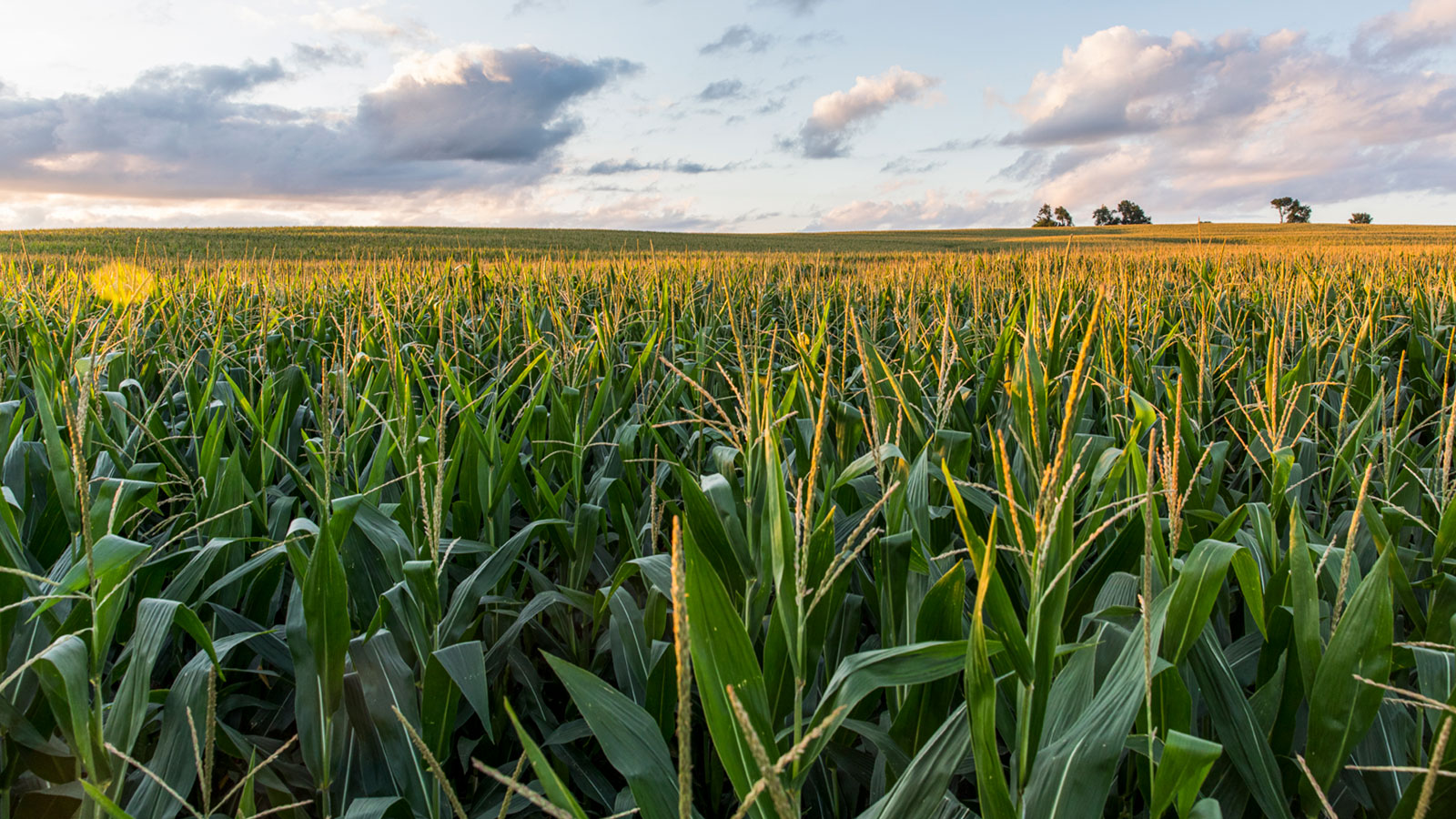This summer, the United Nations’ Intergovernmental Panel on Climate Change, or IPCC, issued its sixth and most grave warning yet — a “code red” — on how bad the climate emergency could get if we don’t intervene immediately. While the jury is still out on how to rapidly draw down emissions in certain sectors, some solutions are crystal-clear, such as the power of the soil beneath our feet to sequester carbon dioxide — the most abundant human-generated greenhouse gas.
The burning of fossil fuels for electricity and transportation are the largest contributors to climate change, but agriculture-as-usual contributes a sizable slice of the pie as well, to the tune of ten percent of greenhouse gases annually in the United States.
Luckily, the shift to climate-smart farming and ranching is all the rage and brimming with possibility. Widespread adoption of sustainable practices — such as planting cover crops like squash to protect soil and ceasing to till the land — could halve agricultural emissions by 2025 and serve as a carbon sink by 2035, a white paper by U.S. Farmers and Ranchers In Action (USFRA) found.
The widespread adoption of climate-smart farming could be a many-birds-one-stone intervention, as demand for food is only increasing alongside a rising global population. Simultaneously, farmland is being lost to industrial development at alarming rates.
Farmers and ranchers of all stripes have expressed interest in tapping into the benefits of climate-smart practices. It’s no mystery why: in addition to climate benefits, switching to regenerative practices has been shown to correlate with a higher quality of life for farmers and increased profits. But the hurdles to getting there are tall.
Farmers who decide to transition to renewable practices on their own report year-after-year of costs exceeding profits. “They are selling off parcels or equipment and bleeding out equity just to keep paying the bills,” an east coast farmer told the non-profit, Funders for Agricultural Initiatives, for an August 2020 report on the barriers to adopting regenerative practices.
Third-generation rancher Malou Anderson-Ramirez has experienced a similar struggle for funding the sustainable transition. Anderson-Ramirez’s grandparents bought land next to Yellowstone Park in 1958, where they raised sheep, horses and goats using conventional practices. Amid the shift to regenerative farming and ranching, Anderson-Ramirez is now intent on cultivating a healthier overall ecosystem on the land where her animals graze.
But innovation in sustainable farming is limited by a broken system in which farmers juggle debt and insurance obligations.
“It’s been extremely challenging to find the kind of support we need, at the farm level, to change and implement new practices on our landscapes,” Anderson-Ramirez told Funders for Agricultural Initiatives. “We need more direct support from those with the capital and the desire to see a new system take hold.”
It doesn’t help that federal money is still earmarked for some of the most conventional operations. In 2019, 66 percent of farm subsidies went to the richest 10 percent of farmers, many of whom work the land in ways that are fossil-fuel-intensive, exhaust soils, emit carbon, and contribute to the climate crisis.
How, then, can we meaningfully invest in this work when existing agricultural policies and subsidies don’t always support what’s best for the planet and for agricultural communities?
One answer is political action: pushing for change through supporting bills like the Farm System Reform Act.
Another more immediate answer is investing in sustainable farmland directly. A range of new companies are taking root across the U.S., bridging this gap through an innovative crowdfunding process. Investors lend farmers a hand in increasing their acreage, while building their own wealth in the process.
“Though sustainable and regenerative farming may be an environmentally and economically sustainable choice long-term, the transitional costs can be steep,” says Artem Milinchuk, Founder and CEO of FarmTogether, an investment platform channeling funding to farmland. “These initial costs can be the biggest deterrent for farmers interested in climate-smart agriculture.”
Farmland has long been — and continues to be — a solid and reliable investment. It’s historically less volatile than the stock market. And because people always need fresh food to eat, it’s relatively protected from inflation. As such, farmland has actually delivered a higher average annual return than most assets like stocks and bonds over the past three decades.
Empowering a wide swath of investors to support climate-smart practices is an emerging niche, as Erin Fitzgerald, the head of USFRA told MarketWatch: “Investing in sustainable agriculture is still in early stages, not unlike where the renewable energy sector was in 2007.” Renewable energy investment has now reached record highs, with $174 billion invested globally in the first quarter of 2021.
FarmTogether is one company that’s locating promising farmland and guiding investors there, empowering individuals to contribute to a future where regenerative farming is widespread enough to preserve farmland, repair damaged ecosystems, curb climate change, and ensure an adequate food supply.
In just a few minutes, users can scroll through fields across the continent on the FarmTogether platform, stopping at a pecan orchard in Love County, Oklahoma or an organic mandarin grove in Tulare County, California.
It’s easy to check projected returns and select a farm to support. Clicking on the Daybreak Organic Pear and Apple Orchard in Chelan County, Washington, for instance, reveals a projected 13.8 percent cash yield over 10 years, such that investing $35,000 in 2021 would deliver $89,000 by 2031, between cash yield and sale of the shares — all the while helping farmers to expand their acreage and cultivate more responsibly-produced fruit, nuts and other popular specialty crops.
One hundred percent of FarmTogether’s acres of crowdsourced cropland are certified by the non-profit Leading Harvest, so that investors know the hazelnut orchards or mandarin groves they support are being managed sustainably. Among the principles the certification covers are: protection of water resources, biodiversity, farm labor, and soil health and conservation.
In addition to sequestering carbon and putting more food on the table, healthier soils make for more resilient communities, since extreme weather linked to climate change, like severe flooding, occurs more regularly. “The research has shown that when we increase carbon in the soil by just 1 percent, we can increase the soil’s capacity to hold water by anywhere from about 2,500 to 12,000 gallons per acre,” President and CEO of the Soil Health Institute, Wayne Honeycutt, told USFRA.
The nexus these new companies provide — linking responsibly minded investors with growers in need of support — ultimately supports farmers who want to transition to sustainable practices but couldn’t otherwise afford to do so.
“We’re creating the framework that empowers a growing community of investors to help address a massive funding gap that our farmers face today,” Milinchuk says.
FarmTogether is a technology-powered investment platform that enables investors to channel funding into natural assets, starting with U.S. farmland. By driving abundant and creative capital to farmers, we’re giving investors the opportunity to drive agriculture toward sustainability on a massive scale. Alongside a changing climate, the global population continues to grow, with expectations of reaching 9.7 billion by 2050. This means approximately 70% more food will be required than is consumed today. FarmTogether investors are providing the key financial building blocks for a sustainable future.




